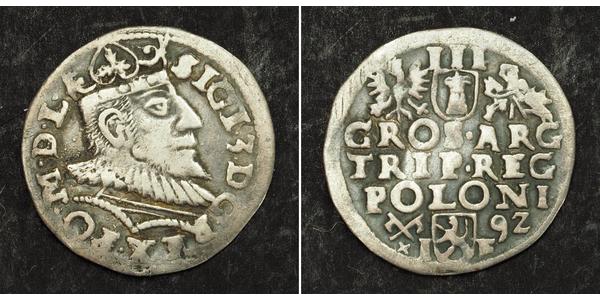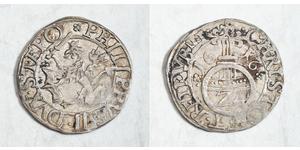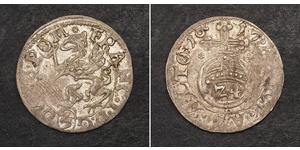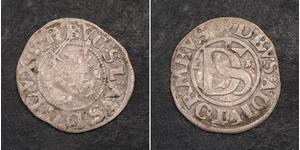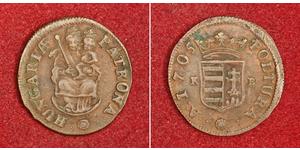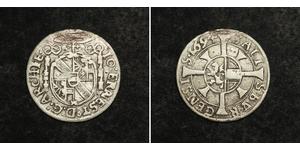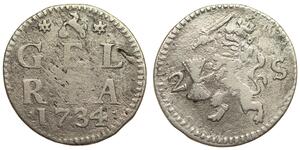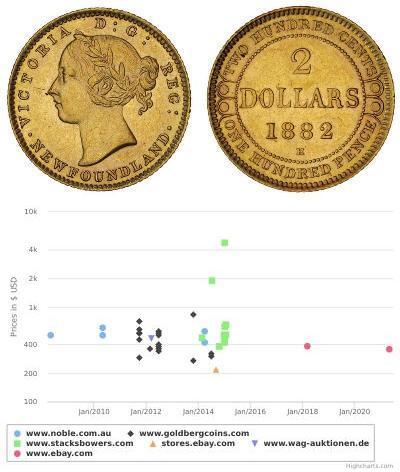Condition: VF+ Mint Year: 1592 Reference: Iger P.92.3. Mint Place: Posen (Poznan) Denomination: 3 Groszy (Trojak) Diameter: 21mm Weight: 2.25gm Material: Silver
Obverse: Crowned and armored bust of Sigismund III Vasa right. Legend: . SIG . 3 . D . G . REX . PO . M . D . L .
Reverse: Legend in three lines, below crowned shield of shield, flanked by polish eagle and rider. Legend: / III / (eagle) (shield) (rider) / GROS . ARG / TRIP . REG : / POLONI / (crossed mint hooks above "x") . 92 / I (shield) F
At your attention a nice decent 3 groszy silver coin, issued by Sigismund III Vasa during 1590 and struck in Posen mint in Poland.
Poznan (Latin: Posnania; German: Posen; Yiddish: Poyzn) is a city on the Warta river in west-central Poland. Poznan was the seat of a voivodeship. The city's importance began to grow in the Jagiellonian period, due to its position on trading routes from Lithuania and Ruthenia to western Europe. It would become a major centre for the fur trade by the late 16th century. Suburban settlements developed around the city walls, on the river islands and on the right bank, with some (Ostrów Tumski, Sródka, Chwaliszewo, Ostrówek) obtaining their own town charters. However the city's development was hampered by regular major fires and floods. In 1519 the Lubranski Academy was established in Poznan as an institution of higher education (but without the right to award degrees, which was reserved to Kraków's Jagiellonian University).
Sigismund III Vasa (Polish: Zygmunt III Waza) (20 June 1566 – 30 April 1632 N.S.) was Grand Duke of Lithuania and King of Polish Crown, a monarch of joined Polish-Lithuanian Commonwealth from 1587 to 1632, and King of Sweden (where he was known simply as Sigismund) from 1592 until he was deposed in 1599. He was the son of King John III of Sweden and his first wife, Catherine Jagellonica of Poland. He was the last ruler of Polish-Lithuanian Commonwealth bearing a dynastical blood of House of Gediminas and a branch of it Jagiellons, although from female line.
Elected to the throne of the Polish-Lithuanian Commonwealth, Sigismund sought to create a personal union between the Commonwealth and Sweden (Polish-Swedish union), and succeeded for a time in 1592. After he had been deposed in 1595 from the Swedish throne by his uncle, Charles IX of Sweden and a meeting of the Riksens ständer (Swedish Riksdag), he spent much of the rest of his life attempting to reclaim it.
Sigismund remains a highly controversial figure in Poland. His long reign coincidenced with the apex of the Polish-Lithuanian Commonwealth's prestige, power and economic influence. On the other hand, it was also during his reign that the symptoms of decline that led to the Commonwealth's future demise surfaced. Common views, influenced by popular books of Pawel Jasienica, tend to present Sigismund as the main factor responsible for initiating these negative processes, while academic historians usually are not that condemning. However, the question whether the Commonwealth's decline was caused by Sigismund's own decisions or its roots were in historical processes beyond his personal control, remains a highly debated topic.
He was commemorated in Warsaw with Zygmunt's Column, commissioned by his son and successor, Wladyslaw IV.
Only 1$ shipping for each additional coin purchased!

|
Posted by:
anonymous 2019-03-20 |

